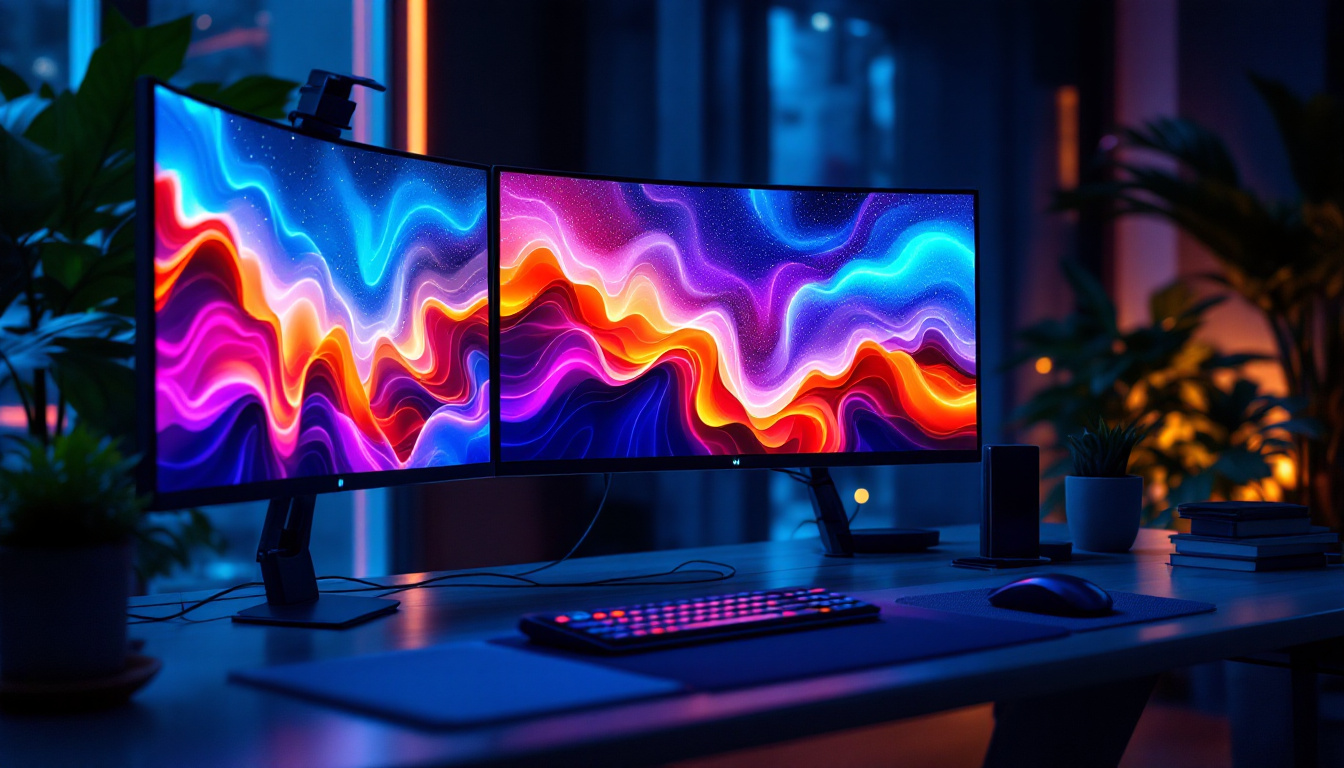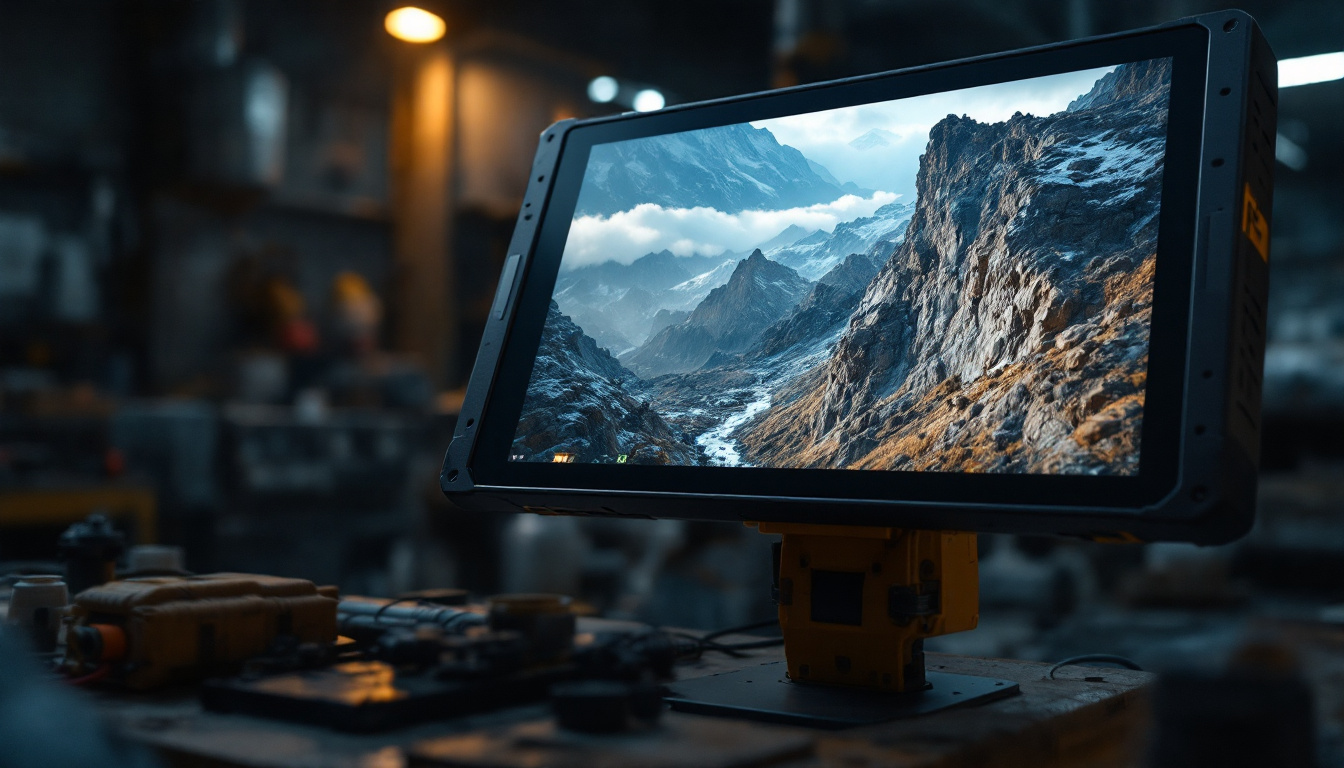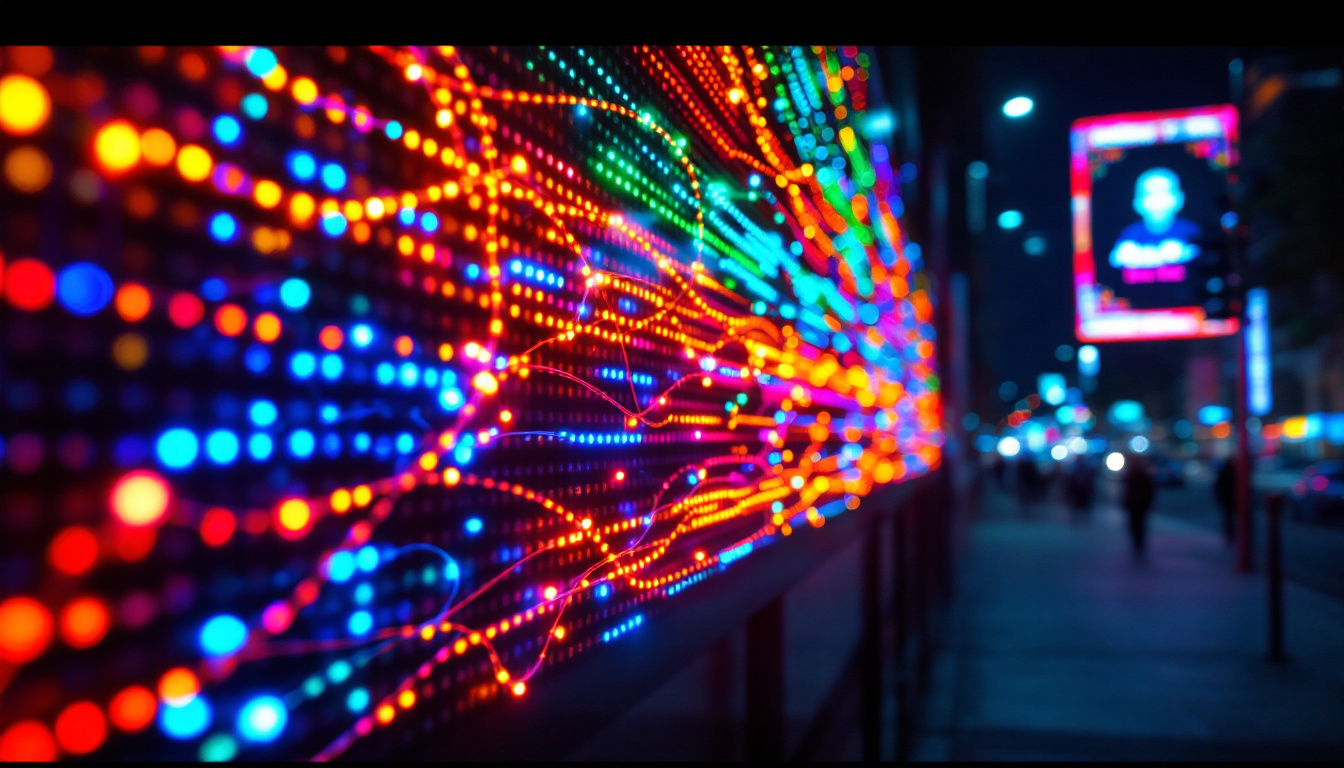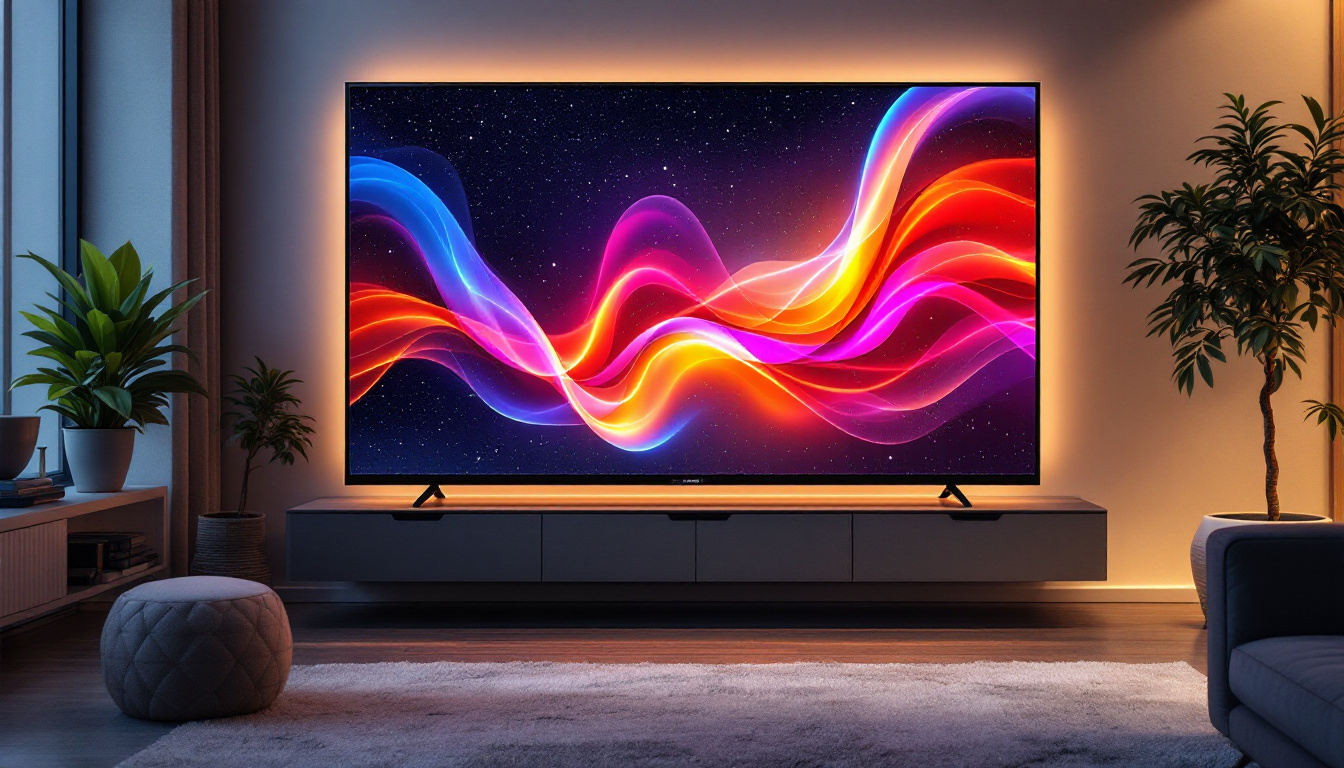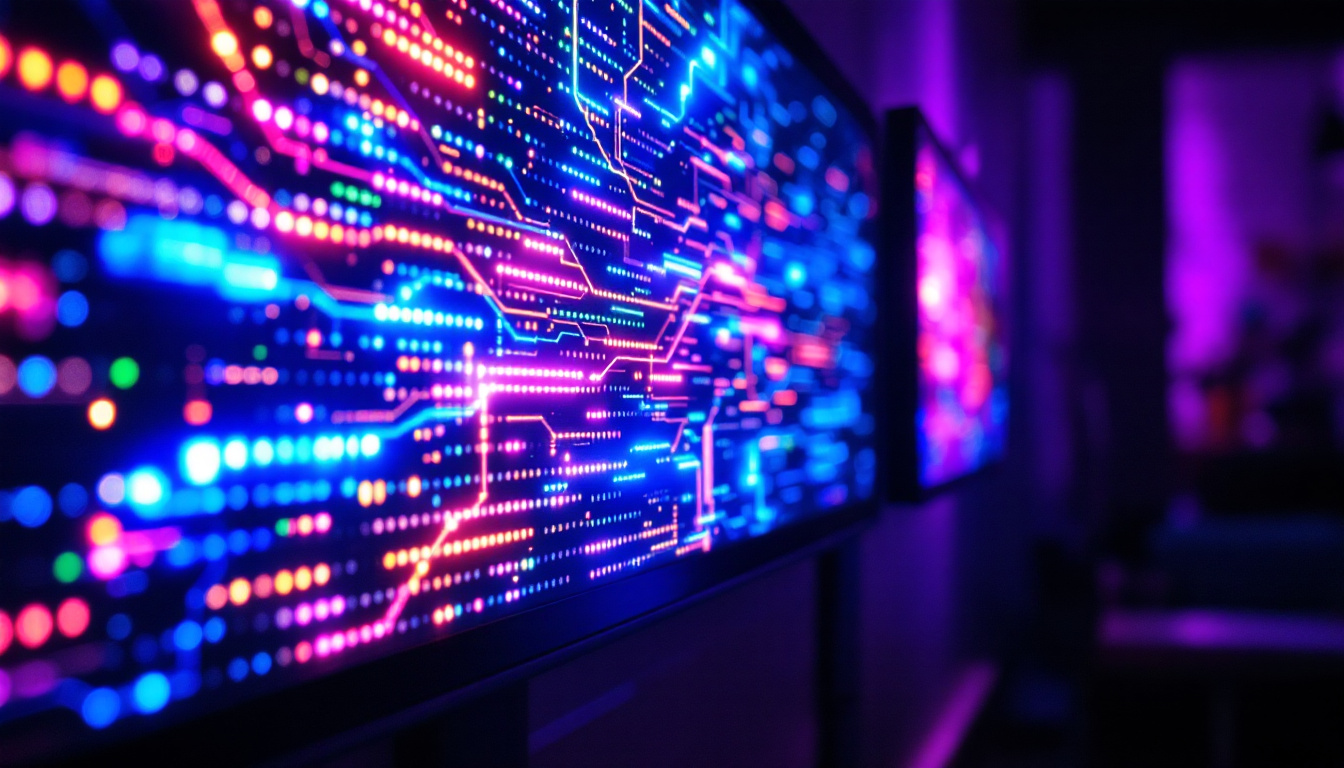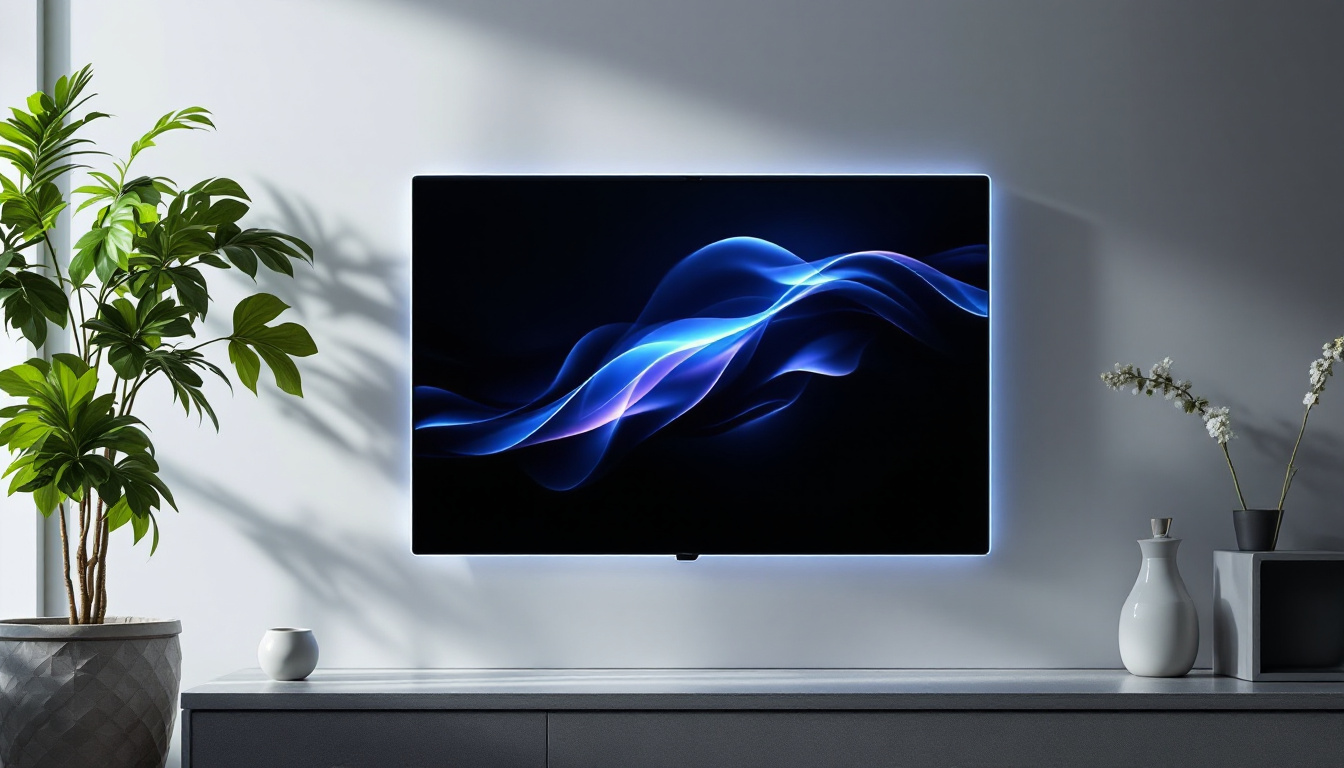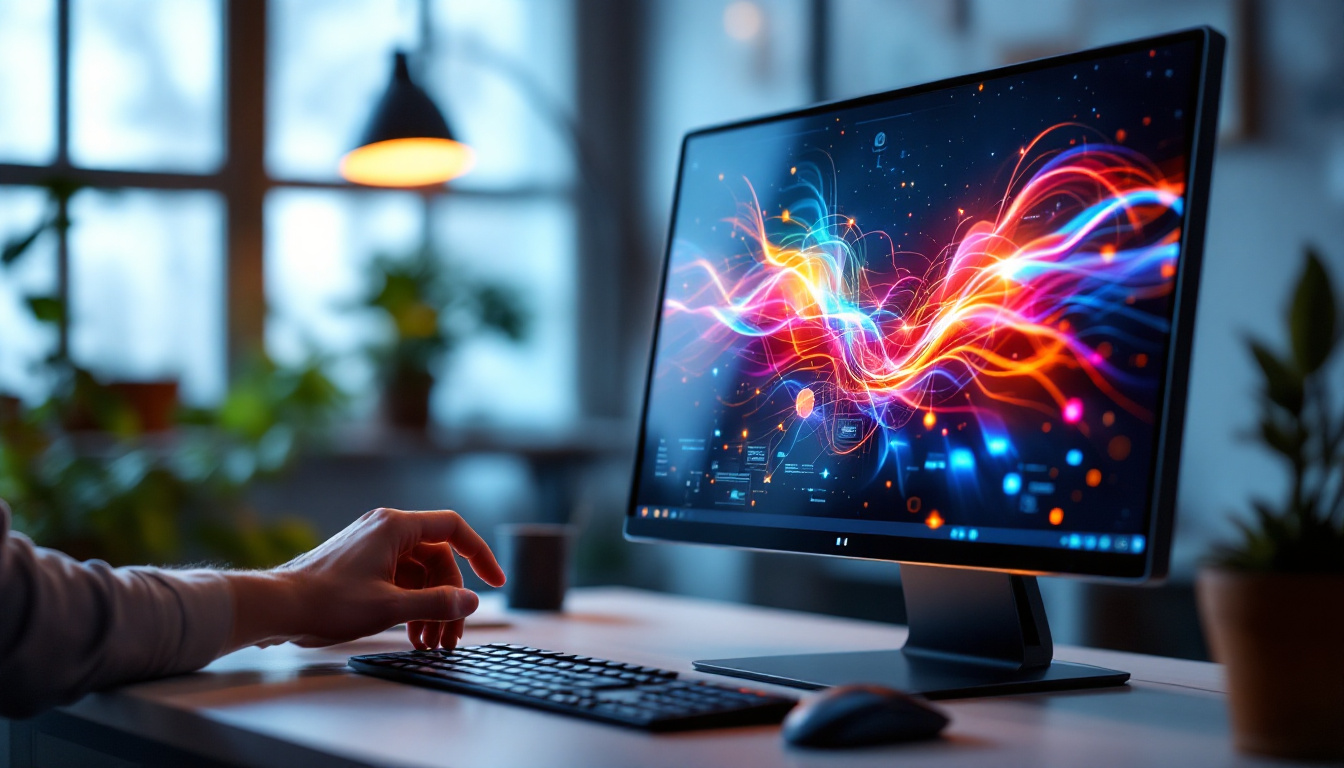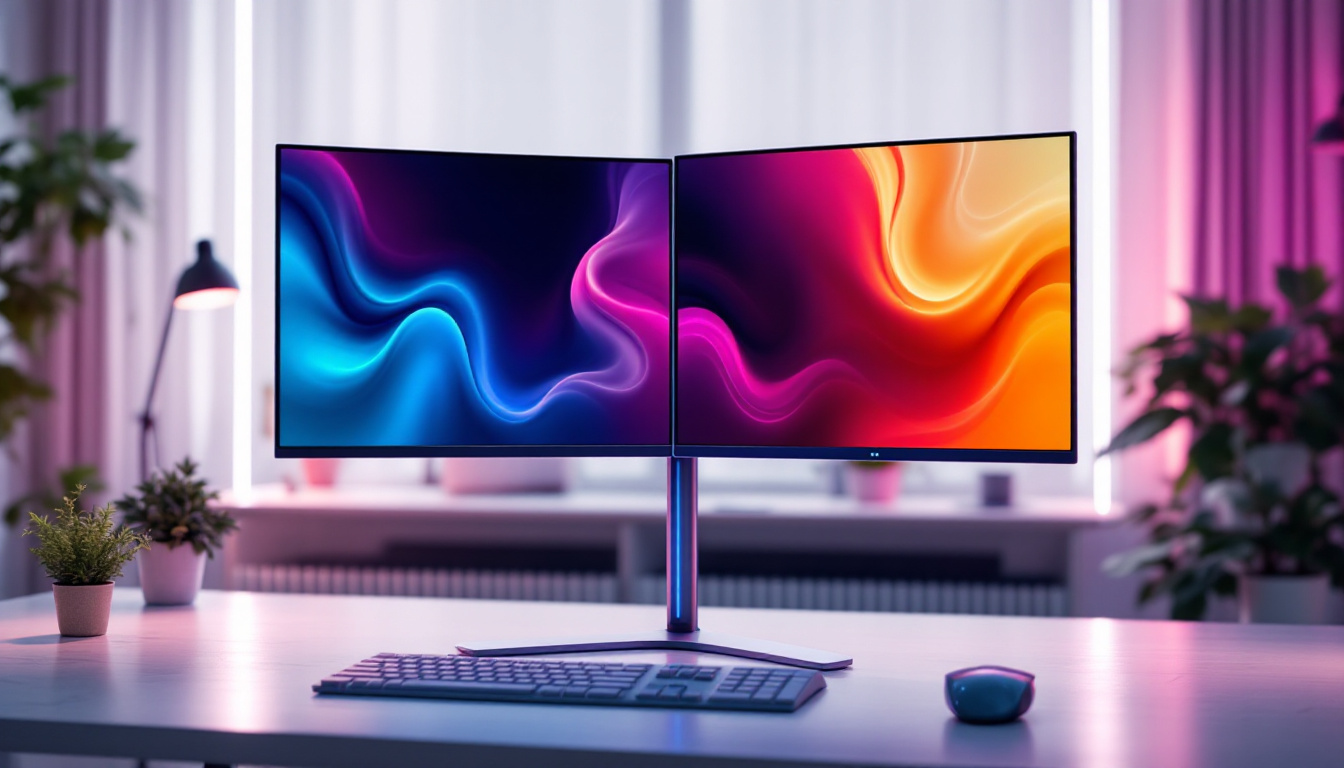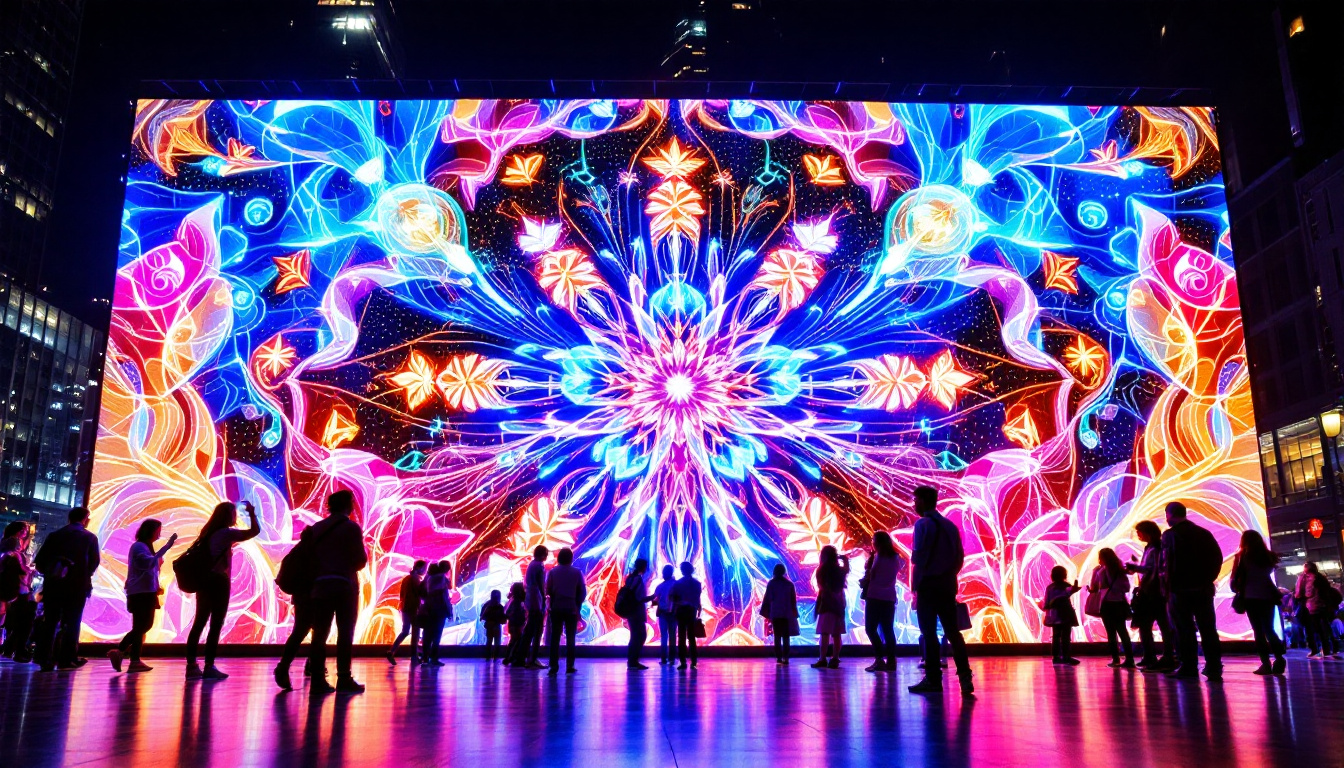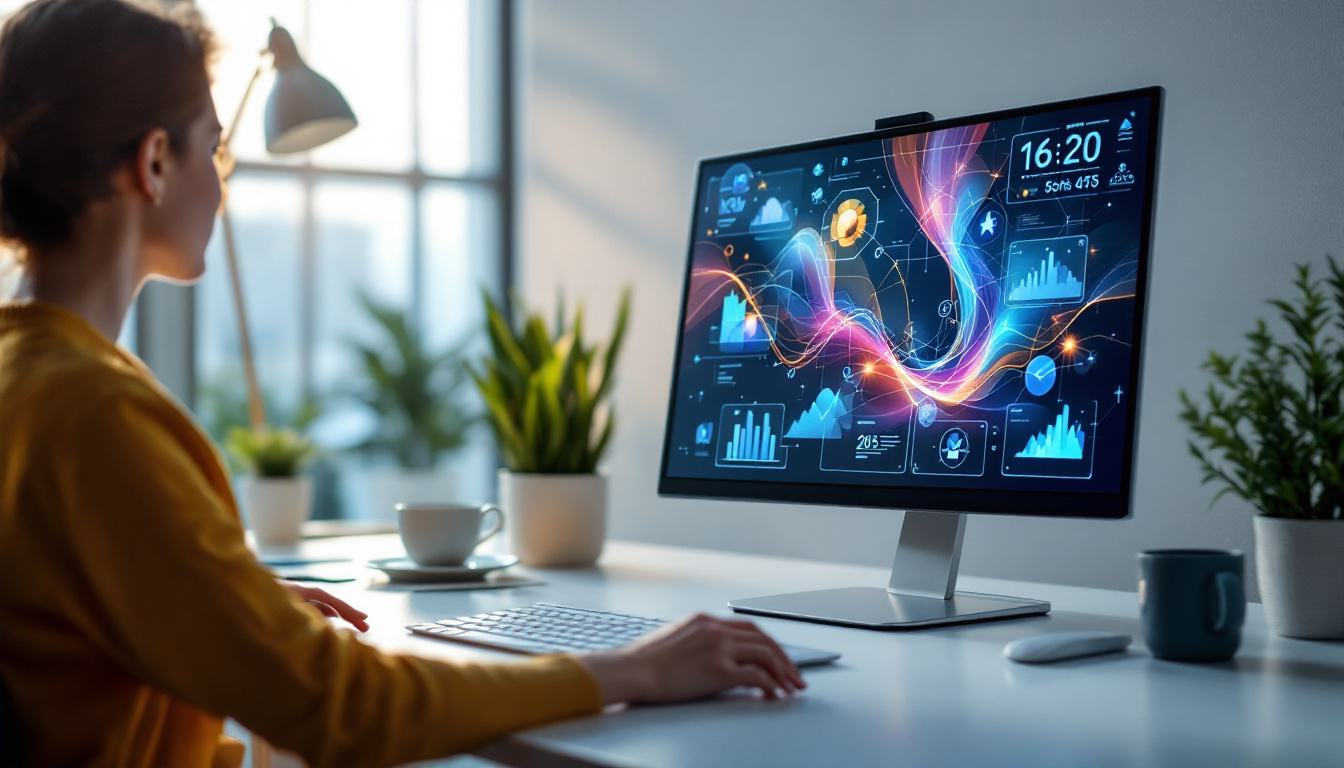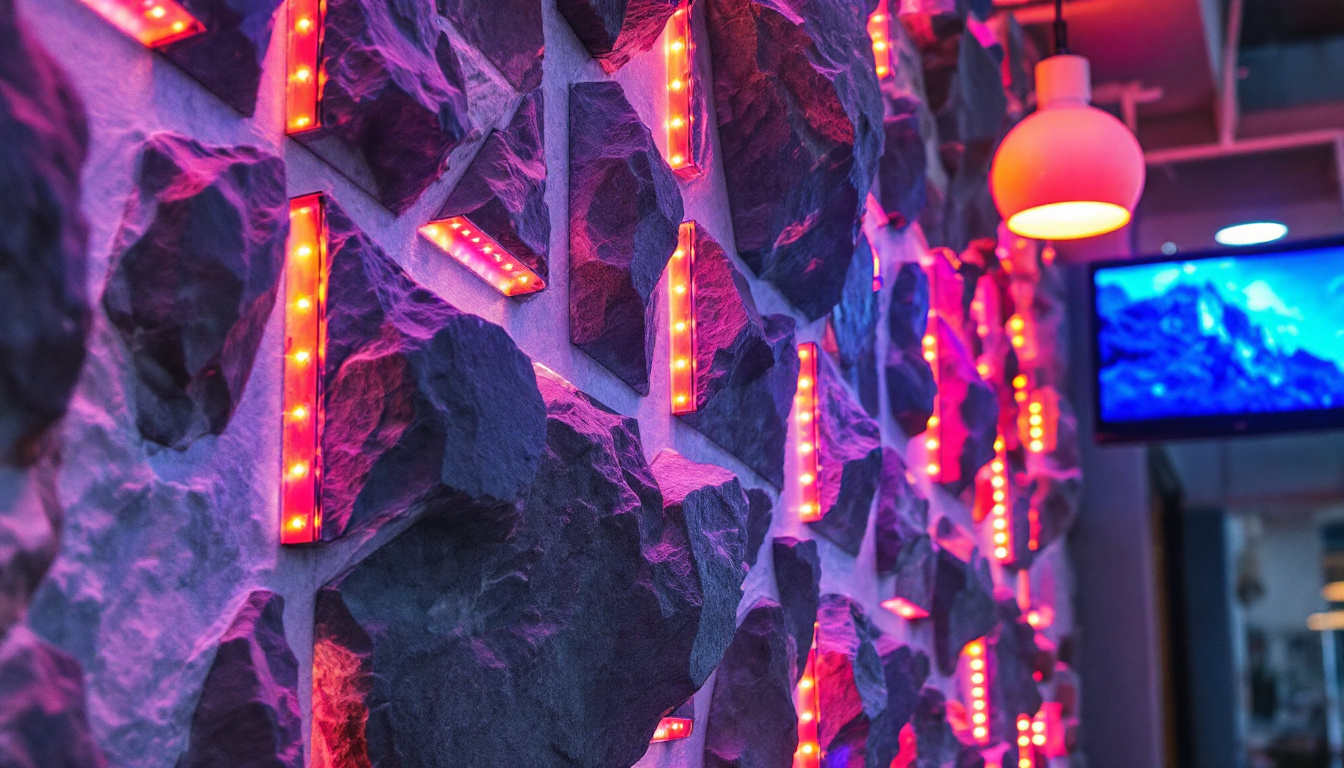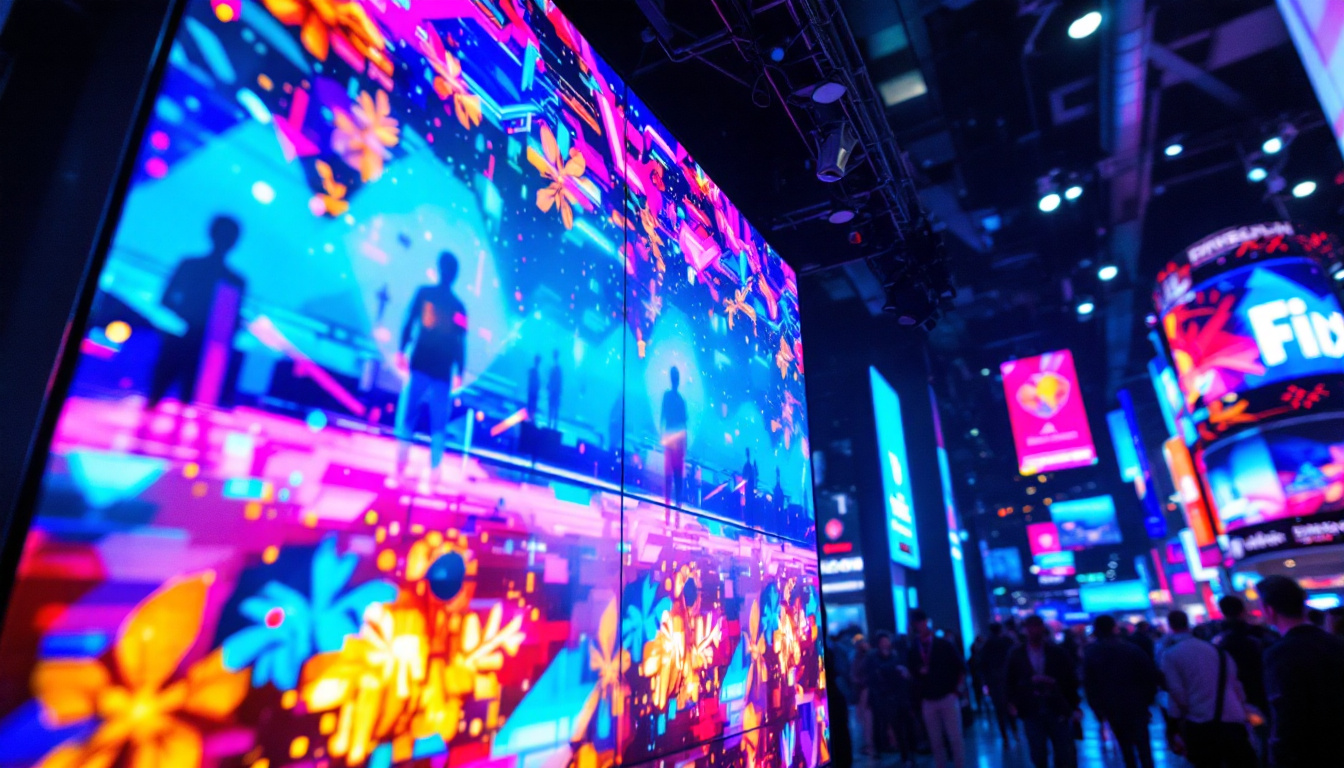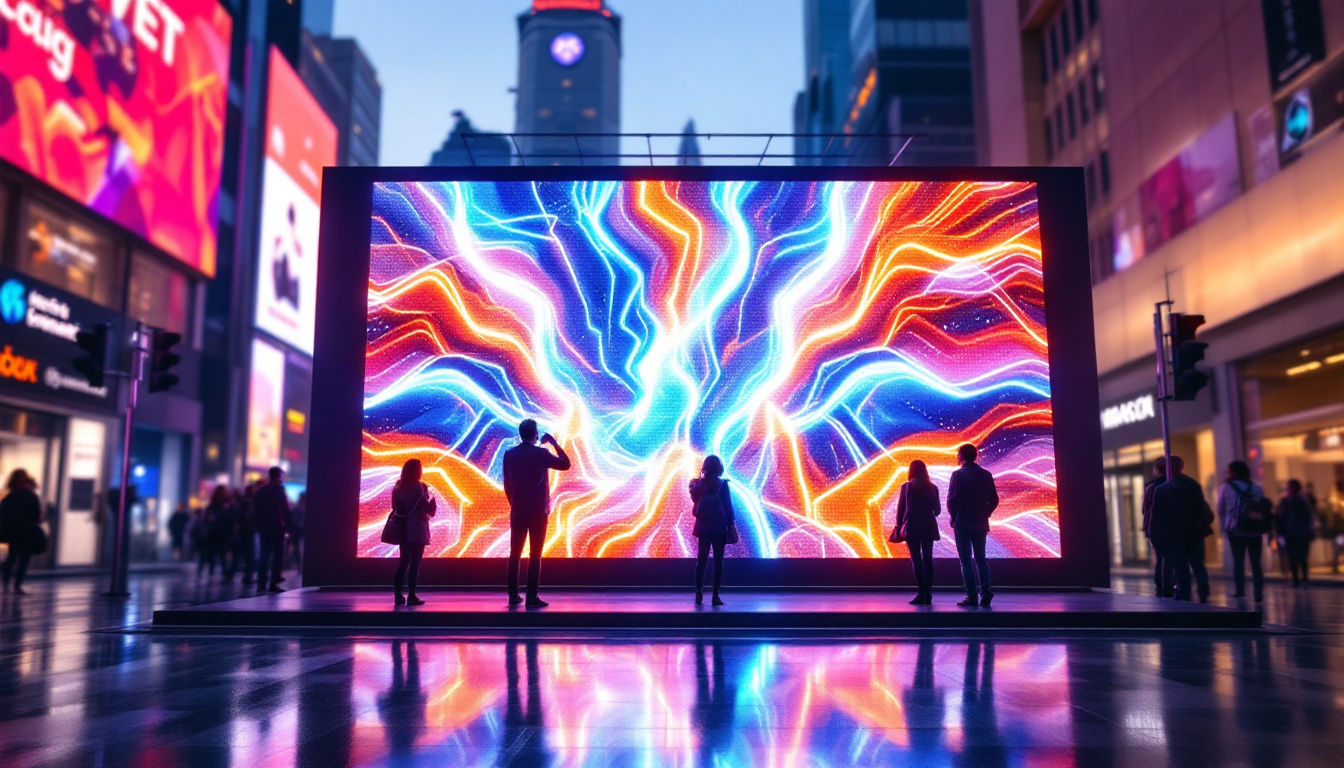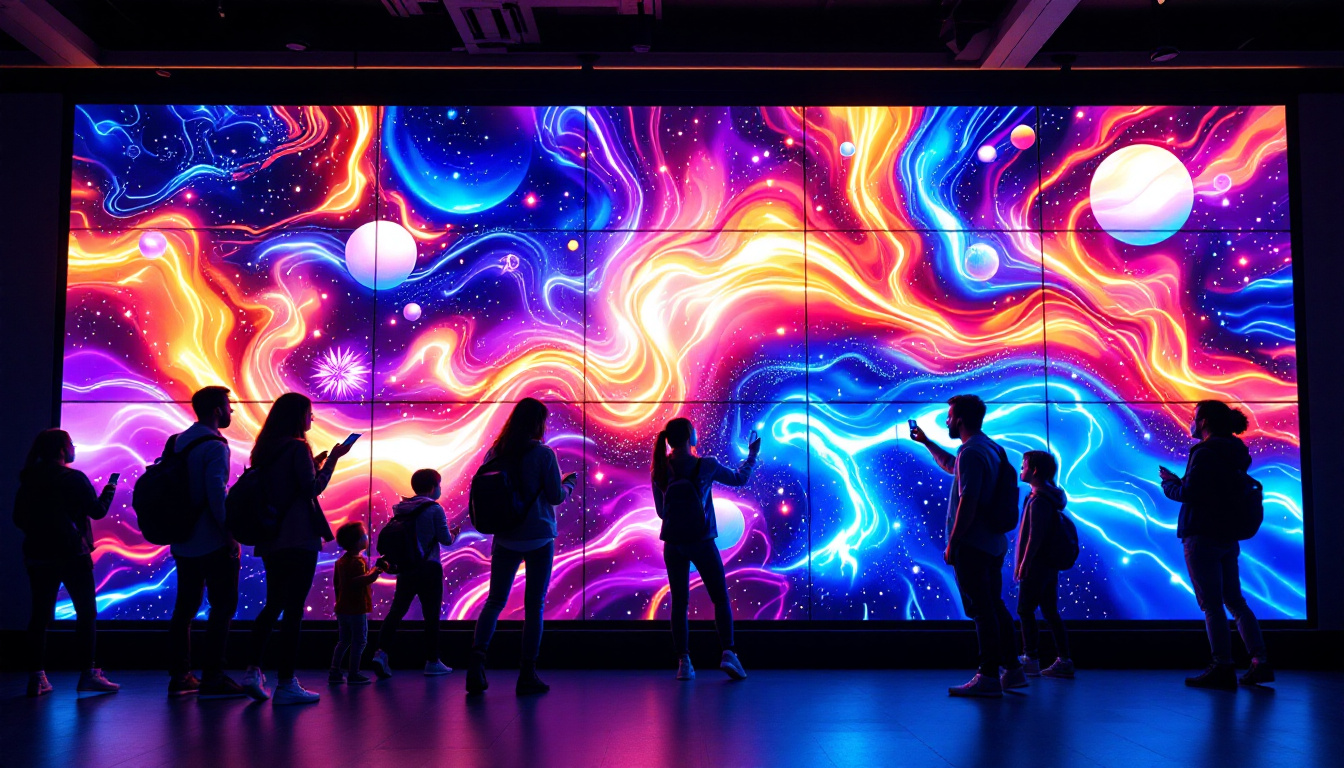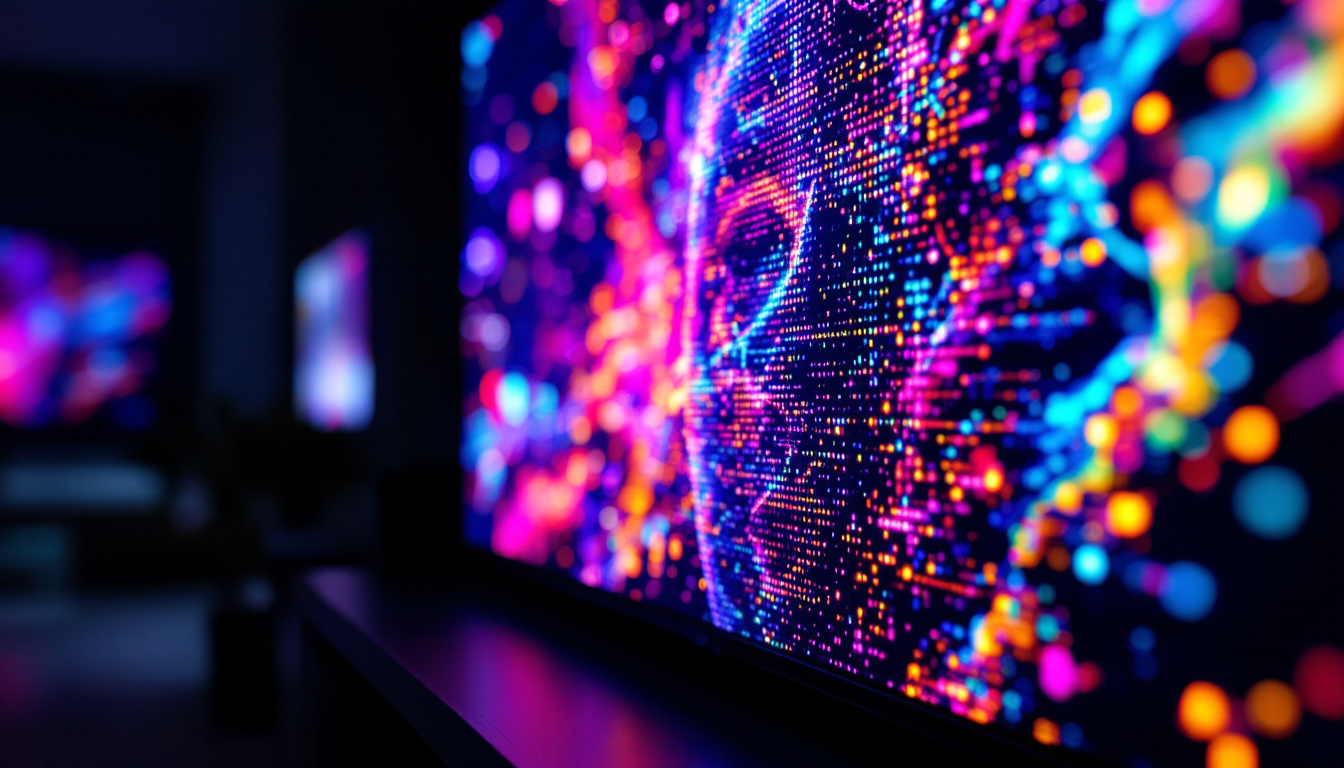Dual Monitor Stand: LED Display Explained
In today’s fast-paced digital world, productivity is paramount. Many professionals are turning to dual monitor setups to enhance their workflow and efficiency. A dual monitor stand is a crucial component in this setup, particularly when it comes to LED displays. This article delves into the intricacies of dual monitor stands, focusing on LED displays, their benefits, and how to choose the right one for your needs.
Understanding Dual Monitor Stands
A dual monitor stand is designed to hold two monitors simultaneously, providing a more organized and ergonomic workspace. These stands come in various designs, including desk-mounted, freestanding, and wall-mounted options. The choice of stand can significantly impact the usability and aesthetics of your workspace.
Types of Dual Monitor Stands
When considering a dual monitor stand, it’s essential to understand the different types available:
- Desk-mounted Stands: These are attached to the edge of a desk, allowing for adjustable height and angle. They are ideal for users who want flexibility in their monitor positioning.
- Freestanding Stands: These stands sit on the desk and do not require any attachment. They are easy to set up and move around, making them a popular choice for those who frequently rearrange their workspace.
- Wall-mounted Stands: These are fixed to the wall, saving desk space and providing a clean look. They are perfect for minimalist setups and can often be adjusted for optimal viewing angles.
Benefits of Using a Dual Monitor Stand
Implementing a dual monitor stand can bring numerous advantages to your work environment:
- Enhanced Productivity: With two screens, multitasking becomes seamless. Users can have multiple applications open simultaneously, reducing the time spent switching between tabs.
- Improved Ergonomics: A well-designed stand allows for proper monitor placement, reducing neck and eye strain. This is particularly important for those who spend long hours in front of screens.
- Space Optimization: Dual monitor stands help declutter the workspace, allowing for more room for other essential items, such as a keyboard, mouse, or documents.
In addition to these benefits, dual monitor stands can also contribute to a more aesthetically pleasing workspace. By elevating the monitors, they create a streamlined look that can enhance the overall design of your office or home setup. Many stands come in various finishes and styles, allowing users to choose one that complements their existing decor. Furthermore, some models include cable management systems that help keep cords organized and out of sight, further contributing to a tidy environment.
Moreover, dual monitor stands can be particularly beneficial for specific professions. For example, graphic designers, programmers, and financial analysts often require multiple screens to view complex data and applications simultaneously. The ability to customize the height and angle of each monitor can lead to a more comfortable and productive work experience, allowing professionals to focus on their tasks without the distraction of discomfort or clutter. This adaptability makes dual monitor stands an essential tool for anyone looking to enhance their efficiency and comfort while working.
The Role of LED Displays in Dual Monitor Setups
LED displays have become increasingly popular in dual monitor setups due to their vibrant colors, energy efficiency, and slim profiles. Understanding the features and advantages of LED technology can help users make informed decisions when selecting monitors for their dual setups. The growing trend of remote work and content creation has further propelled the demand for high-quality displays that can enhance productivity and visual experience. As more individuals and professionals embrace dual monitor configurations, the choice of display technology plays a pivotal role in achieving an optimal workspace.
Advantages of LED Displays
LED displays offer several benefits that make them a preferred choice for dual monitor setups:
- Brightness and Clarity: LED monitors provide superior brightness levels and contrast ratios, leading to clearer images and text. This is particularly beneficial for graphic design, video editing, and gaming. The ability to adjust brightness settings also allows users to tailor their viewing experience based on ambient lighting conditions, reducing eye strain during extended use.
- Energy Efficiency: Compared to traditional LCD displays, LED monitors consume less power, leading to lower energy bills and a reduced carbon footprint. This energy efficiency not only benefits the environment but also contributes to a more sustainable workspace, making it an attractive option for eco-conscious consumers.
- Thin and Lightweight: The slim design of LED displays makes them easy to mount and arrange in a dual monitor setup, saving valuable desk space. This sleek profile also allows for a more modern aesthetic, enhancing the overall look of a workspace.
Choosing the Right LED Monitors for Your Setup
Selecting the appropriate LED monitors for a dual monitor setup requires careful consideration of several factors:
- Screen Size: Depending on the available space and personal preference, screen sizes typically range from 21 to 32 inches. Larger screens can enhance visibility but may require more desk space. Users should also consider the distance from which they will be viewing the monitors, as this can impact the ideal screen size for comfort and usability.
- Resolution: Higher resolutions, such as 1080p or 4K, provide sharper images and are essential for tasks requiring precision, such as design work or video editing. For those who multitask frequently, opting for a higher resolution can improve the clarity of multiple open applications, allowing for easier navigation and increased efficiency.
- Refresh Rate: For gaming or high-motion video, a higher refresh rate (e.g., 144Hz) can provide smoother visuals and a better overall experience. Gamers, in particular, benefit from this feature as it can enhance responsiveness and reduce motion blur during fast-paced action sequences.
Additionally, connectivity options should not be overlooked when choosing monitors for a dual setup. Many LED displays come equipped with multiple ports such as HDMI, DisplayPort, and USB-C, allowing for versatile connections to various devices. This flexibility can be crucial for users who switch between laptops, desktops, and other peripherals frequently. Furthermore, features like built-in speakers, adjustable stands, and VESA compatibility can significantly enhance the usability and comfort of a dual monitor arrangement, making it easier to create a personalized and efficient workspace tailored to individual needs.
Setting Up Your Dual Monitor Stand
Once the right monitors and stand have been chosen, the next step is setting up the dual monitor stand effectively. A well-executed setup can maximize the benefits of a dual monitor configuration.
Installation Steps
Follow these steps to ensure a successful installation of your dual monitor stand:
- Gather Your Tools: Depending on the type of stand, you may need tools such as a screwdriver or a wrench. Ensure you have everything ready before starting the installation.
- Attach the Stand: If using a desk-mounted or wall-mounted stand, follow the manufacturer’s instructions for securely attaching it to the desired surface.
- Mount the Monitors: Carefully attach the monitors to the stand, ensuring they are secure and properly aligned. Adjust the height and angle to achieve optimal viewing comfort.
- Cable Management: Organize the cables to prevent clutter. Many stands come with cable management features to help keep wires tidy and out of sight.
Adjusting for Comfort and Efficiency
After installation, take the time to adjust the monitors for comfort:
- Height: The top of the monitor screen should be at or slightly below eye level to reduce neck strain.
- Distance: Position the monitors about an arm’s length away to minimize eye fatigue.
- Angle: Tilt the monitors slightly backward to reduce glare and improve visibility.
Common Issues and Troubleshooting
Even with careful planning and setup, users may encounter issues with their dual monitor stands or LED displays. Understanding common problems and their solutions can help maintain a smooth workflow.
Monitor Alignment Issues
One of the most common issues is misalignment between the two monitors. This can be frustrating, especially when trying to drag windows between screens. To resolve this:
- Check the height and angle of both monitors to ensure they are level.
- Use the display settings on your computer to adjust the positioning of each monitor. Most operating systems allow users to drag and drop the monitor icons to match their physical arrangement.
Screen Flickering or Display Problems
Screen flickering can occur due to various reasons, including cable issues or refresh rate settings. To troubleshoot:
- Ensure all cables are securely connected and in good condition.
- Adjust the refresh rate settings in your computer’s display settings to match the specifications of your monitors.
Maintaining Your Dual Monitor Setup
Regular maintenance of your dual monitor setup can prolong the life of your equipment and ensure optimal performance. Here are some tips for keeping your monitors and stand in top condition:
Cleaning Your Monitors
Dust and fingerprints can accumulate on screens, affecting visibility. To clean your monitors:
- Use a microfiber cloth to gently wipe the screen. Avoid using harsh chemicals that can damage the display.
- For stubborn stains, lightly dampen the cloth with water or a screen-safe cleaner.
Regularly Check Connections
Over time, connections can become loose. Regularly check all cables and connections to ensure they are secure. This can help prevent display issues and ensure consistent performance.
Conclusion
A dual monitor stand is an invaluable asset for anyone looking to enhance their productivity and workspace efficiency. With the right LED displays and proper setup, users can create a dynamic and comfortable environment that fosters creativity and focus. By understanding the various types of stands, the advantages of LED technology, and the importance of proper installation and maintenance, individuals can maximize the benefits of their dual monitor setup.
Investing time and resources into a dual monitor configuration not only improves workflow but also contributes to a more organized and aesthetically pleasing workspace. Whether for work, gaming, or creative projects, a dual monitor stand with LED displays can transform the way tasks are approached, making it a worthwhile consideration for anyone seeking to elevate their productivity.
Discover the Future of Visual Displays with LumenMatrix
Ready to take your productivity and workspace to the next level? LumenMatrix is at the forefront of LED display innovation, offering a wide array of solutions that cater to any need—from vibrant Indoor and Outdoor LED Wall Displays to dynamic Vehicle and Sports LED Displays. Embrace the revolution in visual communication with our Custom, All-in-One, and Transparent LED Displays designed to captivate and engage. Don’t miss out on the opportunity to transform your environment. Check out LumenMatrix LED Display Solutions today and experience the unparalleled clarity and impact of cutting-edge LED technology.


